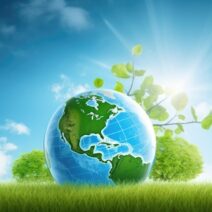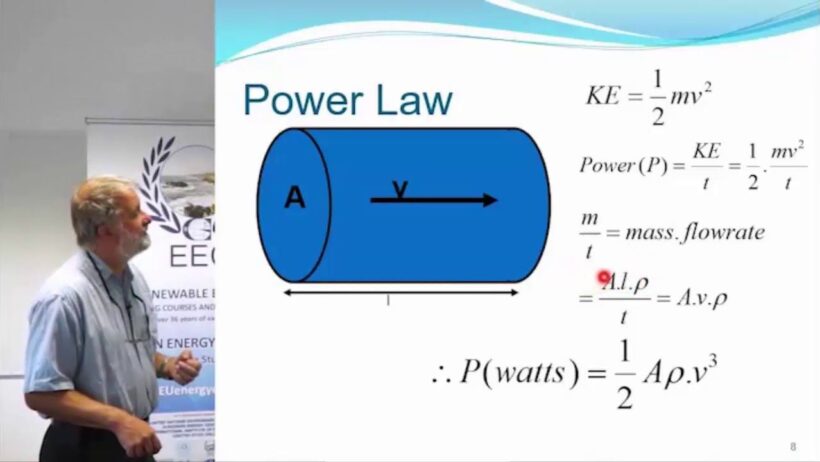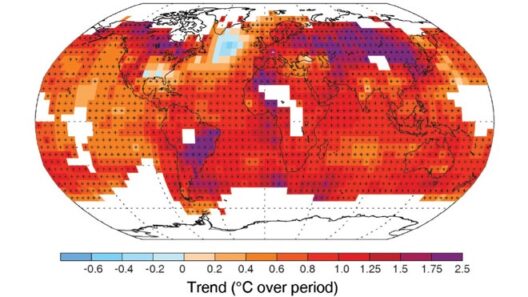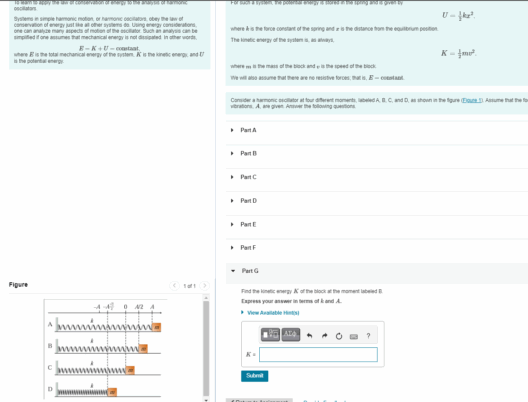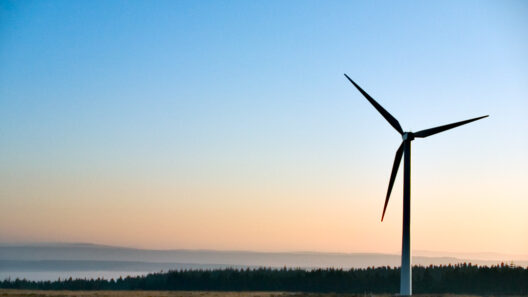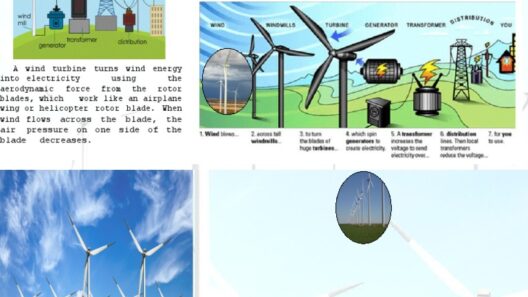Wind energy has emerged as a formidable contender in the global quest for sustainable, renewable energy sources. As societies grapple with the ramifications of fossil fuel consumption and its ecological impact, the allure of harnessing the wind offers a promising shift in energy paradigms. But how does this invisible yet omnipresent force translate into the electricity that powers our lives? This exploration into the engineering and physics of wind power generation reveals the intricate dance between technology and nature.
The foundation of wind energy lies in understanding the essential principle that kinetic energy—energy possessed by an object due to its motion—can be converted into electric power. The journey begins with the wind itself, a manifestation of atmospheric pressure differences caused by the uneven heating of the Earth’s surface by the sun. Capturing this energy requires a sophisticated apparatus known as a wind turbine.
Modern wind turbines are exceptional feats of engineering designed to optimize the conversion of wind’s kinetic energy into electrical energy. These structures come in various designs, predominantly horizontal and vertical axis wind turbines, each tailored for specific environmental conditions and energy requirements.
Engaging the Natural Elements: How Wind Turbines Capture Energy
In common horizontal axis wind turbines, the blades are positioned perpendicular to the wind flow. This alignment is crucial, as the wind’s force exerts pressure on the blades, generating lift much like an airplane wing. When the wind strikes the blades, its kinetic energy causes them to rotate around a central hub. This rotation is transmitted through a series of gears—often termed gearboxes— which amplify the turn’s speed before it reaches the generator.
Unlike traditional energy generation methods, wind turbines do not rely on the combustion of fuels; they capitalize on a resource that is both renewable and abundantly available in many regions. The spinning blades drive the generator, converting mechanical energy into electrical energy through electromagnetic induction—a process where a magnetic field interacts with a conductor to produce electricity.
However, the operational efficiency of wind turbines is influenced by several factors, including wind speed, turbine design, and location. Wind turbines are typically installed in clusters, known as wind farms, strategically positioned in areas with consistent and robust wind flows, such as coastal regions and open plains. This clustering maximizes both energy generation and infrastructure efficiency, as it often requires fewer transmission lines to connect multiple turbines to a power grid.
The Physics Behind the Power: Understanding Wind Energy Generation
To delve deeper into the physics governing wind energy conversion, one must consider the Betz Limit, a theoretical maximum that dictates the efficiency of wind turbines. Proposed by the German physicist Albert Betz in 1919, this principle states that no turbine can capture more than 59.3% of the kinetic energy of the wind. This limit is a consequence of the conservation of mass and energy, emphasizing that although wind can be harvested for energy, the act of extraction affects its natural flow.
The kinetic energy of the wind can be quantified using the equation KE = 0.5 * m * v^2, where m denotes the mass of the air displaced and v represents the wind speed. Wind turbines are engineered with this efficient extraction in mind, incorporating materials and designs that maximize lift and minimize drag. The challenges of engineering extend beyond mere mechanics, as wind speed varies unpredictably, necessitating advanced control systems that can adjust turbine pitch and yaw to optimize performance in fluctuating conditions.
Unleashing Potential: The Future of Wind Energy
Despite the inherent complexities of wind energy generation, the environmental and economic benefits are substantial. Wind energy is among the cleanest electricity generation methods, producing no direct emissions during operation, thereby significantly mitigating air pollution and greenhouse gas emissions. Furthermore, the scalability of wind farms offers potential for job creation and regional economic development, making renewable energy an appealing investment for both public and private sectors.
As technology continues to evolve, innovations such as floating turbines are surfacing, facilitating energy capture in offshore waters where winds tend to blow stronger and more consistently. Such advancements are anticipated to shift the paradigm of wind energy generation, augmenting capacity while decreasing costs per unit of energy produced.
Despite the progress made, several challenges remain. Wind energy generation is intermittent; it depends heavily on weather patterns and peak production may not align with energy demand. To combat this variability, energy storage solutions and advancements in grid technology are essential to ensure that wind energy can seamlessly integrate into existing energy systems.
Conclusion: Embracing Wind Power’s Transformative Potential
In conclusion, understanding the mechanics of wind energy offers a glimpse into a future where renewable sources command a pivotal role in satisfying our energy needs. As societies increasingly seek sustainable solutions, the engineering marvel of wind turbines, underpinned by sophisticated physics, exemplifies humanity’s ability to harness nature’s many gifts responsibly. The journey into wind energy is not merely about the function of turbines; it represents a broader shift in how we perceive energy consumption and environmental stewardship. In embracing these technologies, we can envision a world where clean, renewable energy is not only aspirational but attainable, leading us towards a sustainable future.
